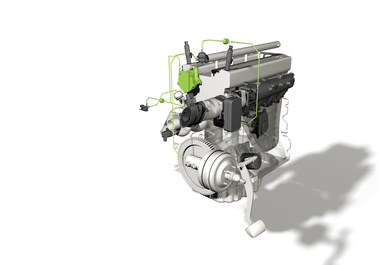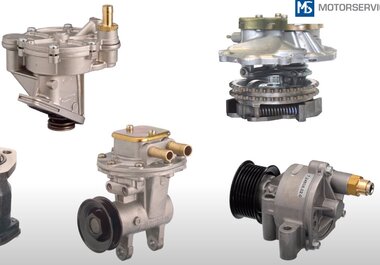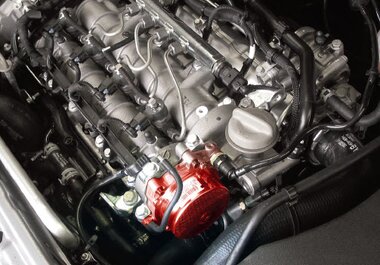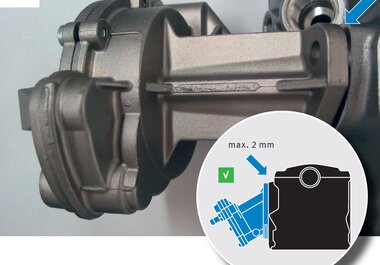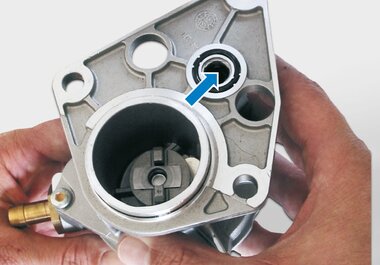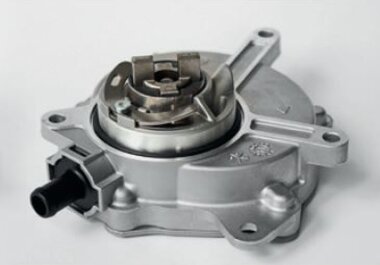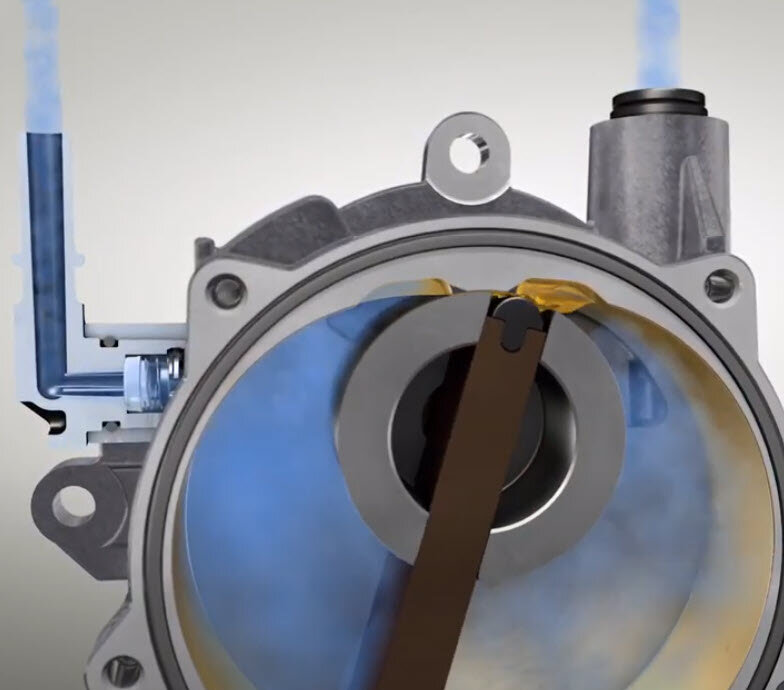
How does a vacuum pump work? (3D animation)
Information on the product
Why does the car need a vacuum pump? How does the vacuum pump work? How much of a vacuum does it generate? Where is the vacuum pump located? This article gives you the answers.
Vacuum pumps are installed in vehicles that do not have sufficient vacuum. Diesel engines are equipped with vacuum pumps as standard as they do not have throttle valves to generate a pressure difference.
In many vehicles, a vacuum is used for brake boosters but also to operate pneumatic components - such as exhaust-gas recirculation valves, exhaust gas flaps, secondary air valves, intake manifold switches and turbocharger controls. Vacuum pumps generate a vacuum pressure of approximately 0.7 to 0.9 bar.
Since an increasingly high proportion of vehicles have an electric drive, when it comes to vacuum pumps developments are also moving towards electric pumps. These can be switched on as required independently of the engine. In hybrid vehicles, electric vacuum pumps maintain brake boosting when the combustion engine is off. Single-vane vacuum pumps currently constitute the latest technology, and in many cases are installed on the cylinder head and driven by the camshaft.
